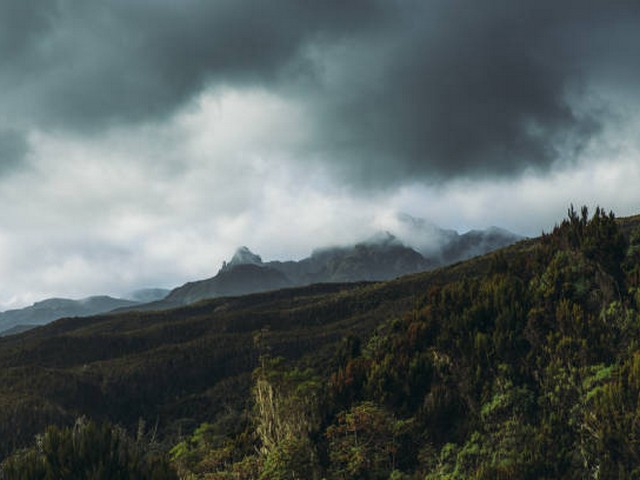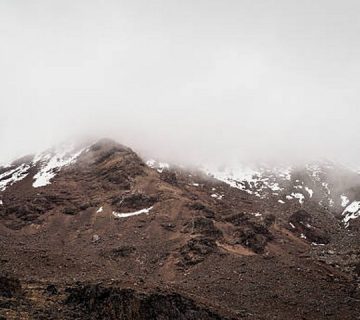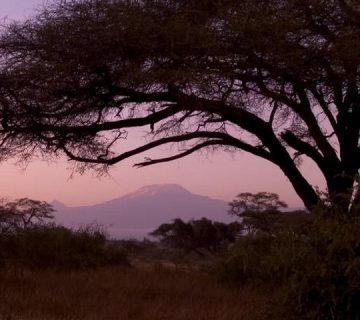How To Organise Group Photography Treks On Kilimanjaro
Mount Kilimanjaro, with its majestic summit and breathtaking landscapes, is not just a trekker’s paradise but a haven for photographers from around the world. Capturing the essence of Africa’s highest peak can be the highlight of any photographer’s portfolio. However, organizing a group photography trek on Kilimanjaro requires meticulous planning and a deep understanding of both the terrain and the needs of photographers. Here at Kilimanjaro Centre for Trekking and Ecotourism (KCTE), we specialize in making such dream expeditions a reality. Let us guide you through the essential steps and insider tips to ensure your photographic journey is as stunning as the views you’ll capture.
Understanding the Unique Aspects of a Photography Trek
The Right Timing
Timing is crucial when planning a photography trek on Kilimanjaro. The best times for photography on the mountain are during the dry seasons, from late June to October and from late December to early March. These periods offer clearer skies and more predictable weather, providing optimal lighting conditions for your photographs.
Choosing the Perfect Route
Kilimanjaro offers several routes, each with unique landscapes and challenges. For photographers, routes like the Lemosho and the Northern Circuit are ideal. These paths offer a more gradual ascent, allowing more time for acclimatization and ample photographic opportunities with their diverse landscapes and less crowded trails.
Preparing for the Trek
Gear Essentials
Photography on Kilimanjaro demands specific gear. A reliable camera with a good range of lenses (wide-angle for landscapes and a telephoto lens for wildlife) is essential. Tripods are crucial for night shots and long exposures. Remember to carry extra batteries and memory cards, as charging facilities are limited on the mountain.
Physical and Mental Preparation
The trek to Kilimanjaro’s summit is physically demanding. Adequate physical preparation is essential, including cardiovascular and strength training. Mental readiness is equally important, as capturing the perfect shot often requires patience and perseverance.
Logistics and Support
Professional Guidance
At KCTE, we provide experienced guides who are not only experts in trekking but also understand the unique needs of photography enthusiasts. They offer invaluable advice on the best times and locations for capturing mesmerizing shots.
Porters and Equipment Handling
Our porters play a crucial role in the success of your trek. They handle your equipment with care, ensuring that your gear reaches each campsite safely. This support allows you to focus more on the creative aspects of your photography.
Sustainable Photography Practices
Respecting Nature and Local Culture
As photographers, it’s crucial to practice responsible and sustainable photography. This means respecting wildlife, maintaining a safe and respectful distance, and adhering to local guidelines. Respecting the local culture and communities is also paramount. We encourage photographers to engage with local guides and porters to understand and portray their stories authentically.
Leave No Trace
At KCTE, we are committed to the principles of Leave No Trace. We ensure that all our treks, including photography expeditions, have minimal environmental impact. We educate all participants on how to achieve this through practical steps like disposing of waste properly and minimizing trail erosion.
Capturing the Summit Experience
Preparing for the Summit Night
Summit night is the climax of any Kilimanjaro trek. For photographers, capturing the sunrise from the summit can be the highlight of the expedition. Preparing your gear the night before, ensuring all batteries are charged and settings adjusted for the dark and cold, is crucial.
The Golden Hour
After reaching the summit, the golden hour provides magical lighting conditions. Our guides are trained to help you find the best vantage points, ensuring you can capture breathtaking panoramic shots of the sun rising over the vast African landscape.
Creating a Lasting Impact
Sharing Your Story
The photos you take on Kilimanjaro have the power to inspire. We encourage you to share your journey and the stories behind your shots. This not only showcases your talent but also highlights the beauty and challenges of Kilimanjaro, encouraging responsible and sustainable travel.
Joining a Community
By booking your group photography trek with KCTE, you join a community of trekkers and photographers who share your passion and respect for nature. This community is a great resource for learning, sharing experiences, and finding inspiration for your next adventure.
FAQs About Group Photography Treks on Kilimanjaro
What is the best month for photography on Kilimanjaro?
The best months for photography on Kilimanjaro are during the dry seasons, particularly July, August, and September, as well as January and February.
How many people can join a photography group trek?
We recommend group sizes of 5-10 people for photography treks to ensure individual attention and minimal environmental impact.
Do I need special insurance for photography equipment?
Yes, it is advisable to have insurance for your photography equipment, as the trek involves considerable physical activity and exposure to the elements.
Can beginners in photography join these treks?
Absolutely! Our treks are designed to cater to both seasoned photographers and enthusiastic beginners. Our guides provide support and basic photography tips to help everyone capture stunning images.
Why Choose KCTE for Your Kilimanjaro Photography Trek?
Choosing KCTE means opting for an experienced, responsible, and dedicated team that understands the unique needs of photographers. Our tailored approach ensures that your photographic objectives are met while enjoying the exhilarating challenge of trekking Kilimanjaro.
Are you ready to capture the awe-inspiring beauty of Kilimanjaro through your lens? Join us at Kilimanjaro Centre for Trekking and Ecotourism (KCTE) for an unforgettable photography adventure where the mountains meet the sky. Book your journey today and take the first step towards creating breathtaking images that will tell the story of Kilimanjaro for a lifetime. Let’s make magic happen together on the roof of Africa!




